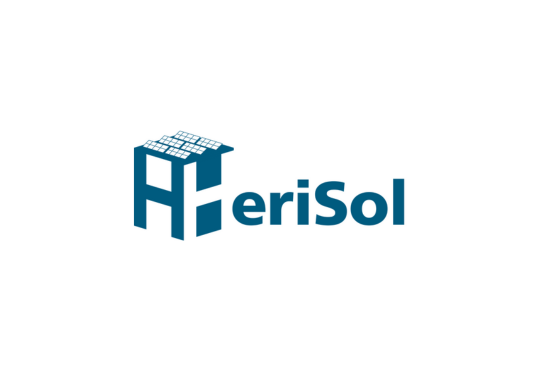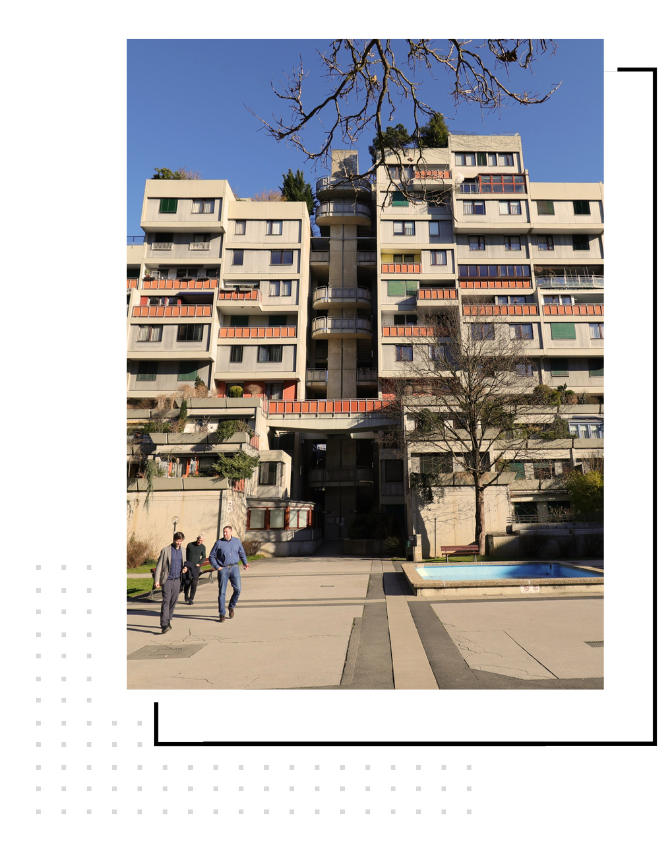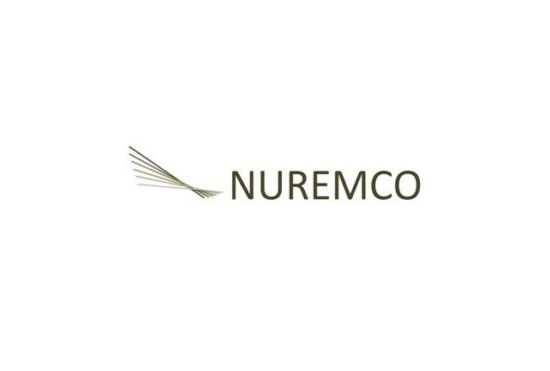

Gallery Info

Herisol: Prosumer Solutions for Heritage Buildings based on BIPV

Start date: 01/12/2024
End date: 30/11/2027
Budget: 4.467.290,21 €
Funding programme:
European Union’s Horizon Europe research and innovation programme under the CET Partnership co-funded call. CDTI, Spanish Government.

Description
HeriSol aims to open a path for innovation in the clean energy and digital transition of heritage buildings, with the goal of reducing their environmental impact and transforming them from passive consumers into active prosumers within the energy system. This requires overcoming complex challenges specific to this type of building, particularly in terms of technical and aesthetic integration in line with the requirements of conservation authorities.
To this end, HeriSol will use coloured building-integrated photovoltaic (BIPV) technologies, in combination with micro heat pumps and decentralized electrical storage systems. The photovoltaic façade elements will be equipped with bio-based insulation and adhesive materials, thereby helping to reduce the building’s energy demand. These solutions address the challenge of both aesthetic and technical integration (structural, functional, and energy-related), while respecting the cultural and architectural value of heritage assets.
To support the digitalization of these buildings, digital tools will be deployed to assist in the design, implementation, and operation of HeriSol solutions, including BIM modeling, digital twins, life cycle analysis (LCA), and advanced visualization systems. This will enable the development of a comprehensive digital twin of the heritage building, integrating static data, dynamic inputs, and evaluation processes.
In addition, the project considers the social dimension, promoting the co-creation of solutions with residents, users, and visitors from diverse social, cultural, and generational backgrounds, thus fostering acceptance and community engagement. HeriSol will also address regulatory integration by identifying legal barriers and proposing solutions through regulatory sandboxes, all aligned with the principles of the New European Bauhaus: aesthetics, sustainability, and inclusion.
CEMOSA's Role
CEMOSA is the leader of the work package on digital tools and is responsible for the solutions catalogue, the methodology for the digitalization and transformation of heritage buildings into prosumers, the heritage digital twin, and the validation in the Spanish demonstrator.



